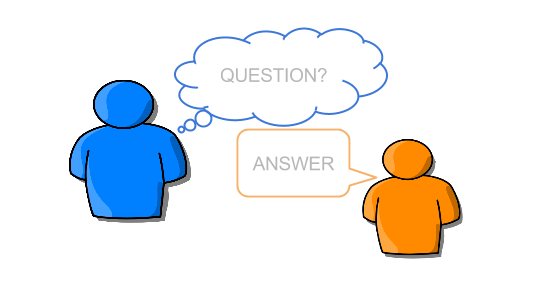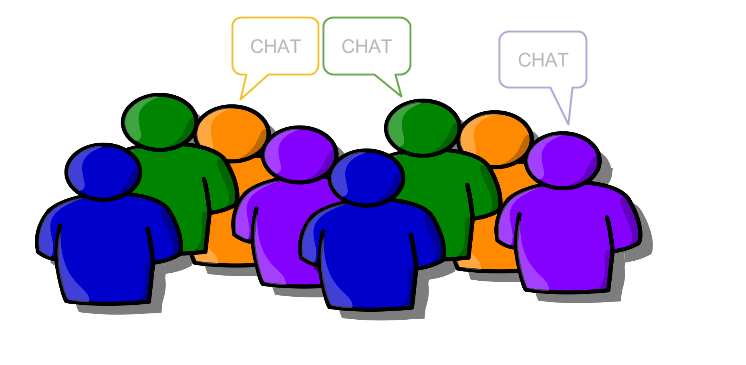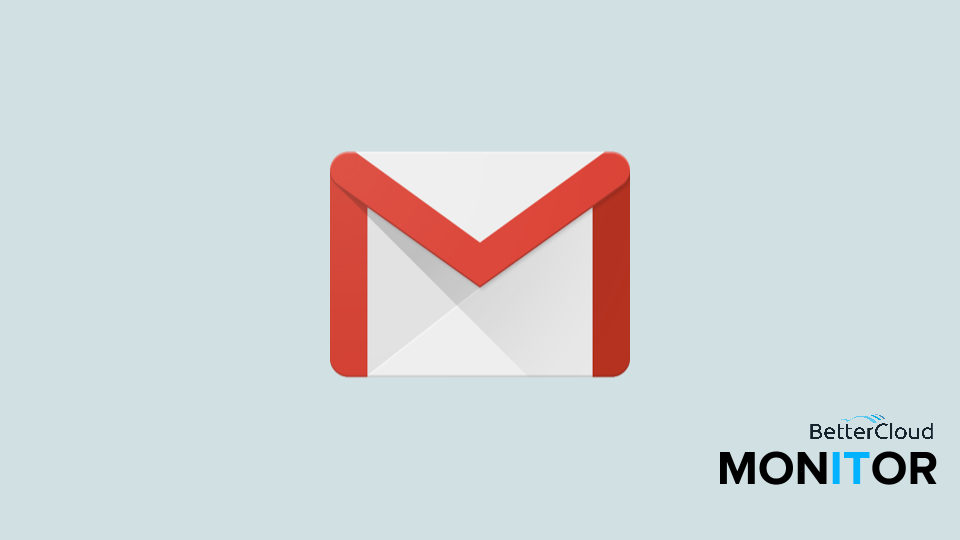The 4 Kinds of Google Groups (and How to Use Them)
3 minute read

Learn how BetterCloud’s Unified SaaS Management platform can help you manage G Suite and other applications. Also, learn how you can 10x your G Suite productivity.
Google Groups can be many things: forums, chat rooms, announcement boards, you name it. But when you are creating a new Group, you need to make sure you are creating the correct type or risk complete dysfunctionality.
If you are creating a group that will be used to announce upcoming school assemblies, you probably don’t want to allow all of your students to reply to every announcement email. Likewise, it would not be helpful to create a Q+A forum and not allow any students to ask questions in it. This overview goes through each of the main styles of Google Groups and how you can best utilize them.
Keep in mind that every group has very granular settings and there may not be a one size fits all solution, so don’t be afraid to go into the group settings and tweak them to your liking.
1. Email List

Email Lists are great for sending out announcements or communicating in a clear way to the entire organization. It is often set up with an alias as the sender and non-group owners are only allowed to respond to that sender. I often see this used to distribute newsletters or to let everyone know about important events or happenings.
2. Web Forum (discussion board)

In a web forum, group members use the Google Groups user interface to interact with one another. It allows for collaboration and discussion amongst the group members. A popular use case for this type of group is discussion of assignments if you are a school or working together on projects for business users.
3. Q&A Forum

Very similar to the web forum, the Q+A Forum is designed to allow for discussion around specific questions. Much like an internal version of Quora, this style of group promotes question asking and encourages your users to answer posted questions to which they know the answer.
4. Collaborative inbox

This is the most popular type of group at many organizations. Anyone can email the group and start or reply to threads. Think of this as a regular gmail account, but everyone has access to it. A Collaborative Inbox is primarily used for lighter discussion amongst the whole organization, kind of like a chatroom.





